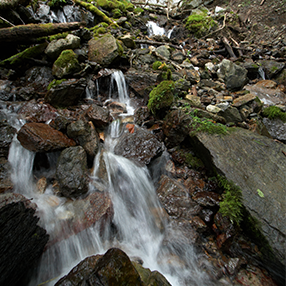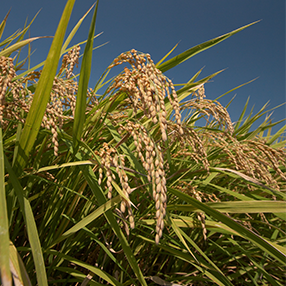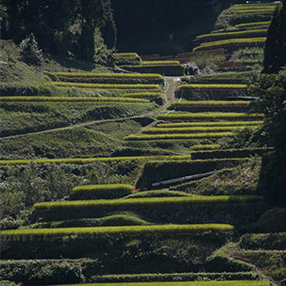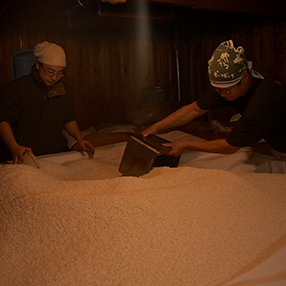Hitoyoshi Kuma, the southernmost area of Kumamoto Prefecture , is located deep in a valley which is surrounded by the Kyushu mountains. Pure, clean water flows from the beautiful mountains here to create the Kuma River, one of the three fastest flowing rivers in Japan. The harsh climate and terrain of this valley, which experiences drastic changes in temperature throughout the year, has resulted in fertile soil, allowing Hitoyoshi Kuma to become Kumamoto’s leading area for rice farming. It is from the rice produced in this area that Kuma Shochu, a premium honkaku (“genuine”) shochu, was born.
WHAT IS KUMA SHOCHU
A timeless brand named after its location.
Kuma Shochu is the pride of the world.
The History of Kuma Shochu developed in Hitoyoshi Kuma


BRAND
Endeavours of the 27 Kuma Shochu Distilleries
Geographical Indication
G I
球磨
Each of the 27 distilleries in the Hitoyoshi Kuma region have several distinctive shochu brands, boasting over 200 brands in total. Kuma Shochu, handcrafted by dedicated touji master distillers, has a wide variety of tastes and flavours, and is characterised by its mellow aroma and deep, rich flavor. Kuma Shochu has become an iconic shochu brand in Japan, as only one of four approved brands with Geographical Indication (GI). In 1995, the National Tax Agency JAPAN officially designated the shochu using rice produced in Hitoyoshi Kuma as “Kuma Shochu”. Our determination to use top quality rice and water has enabled Kuma Shochu to become a world-class liquor, along with Cognac brandy and Bordeaux wine.


Definition of Kuma Shochu:
Single distilled shochu made with Japanese rice (including malted rice), using fermented mash prepared with water from Hitoyoshi Kuma. The process of distillation and bottling should occur in Hitoyoshi Kuma.
Kuma Shochu Brand Logo
Brand Logo
Kuma shochu is protected under the international regulations of the geographical designations and the Japanese regulations of registered trademarks. We have created a logo for the Kuma Shochu brand to represent our unique status. A product that carries this logo is recognised officially as Kuma Shochu by The Kuma Shochu Makers’ Association.


Copyright © 2020 Kuma Shochu Makers' Association All Right reserved.
